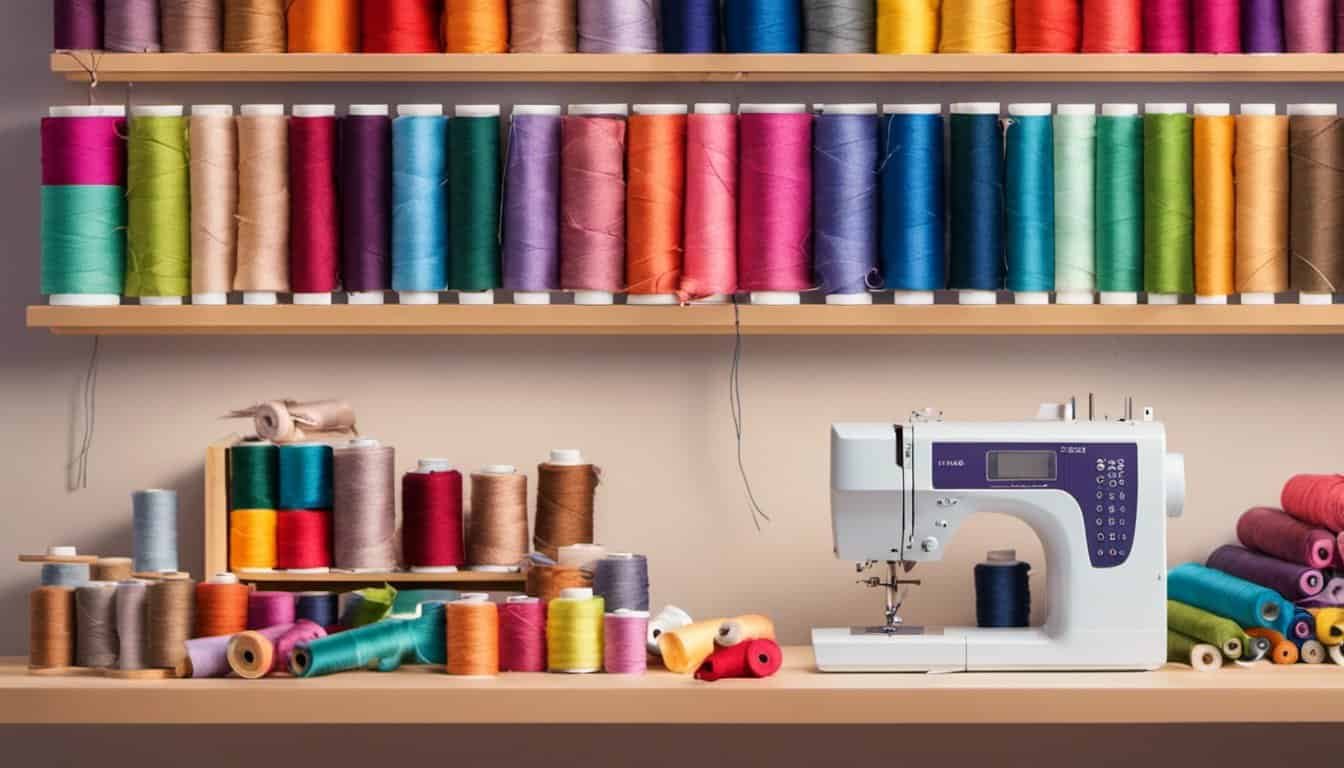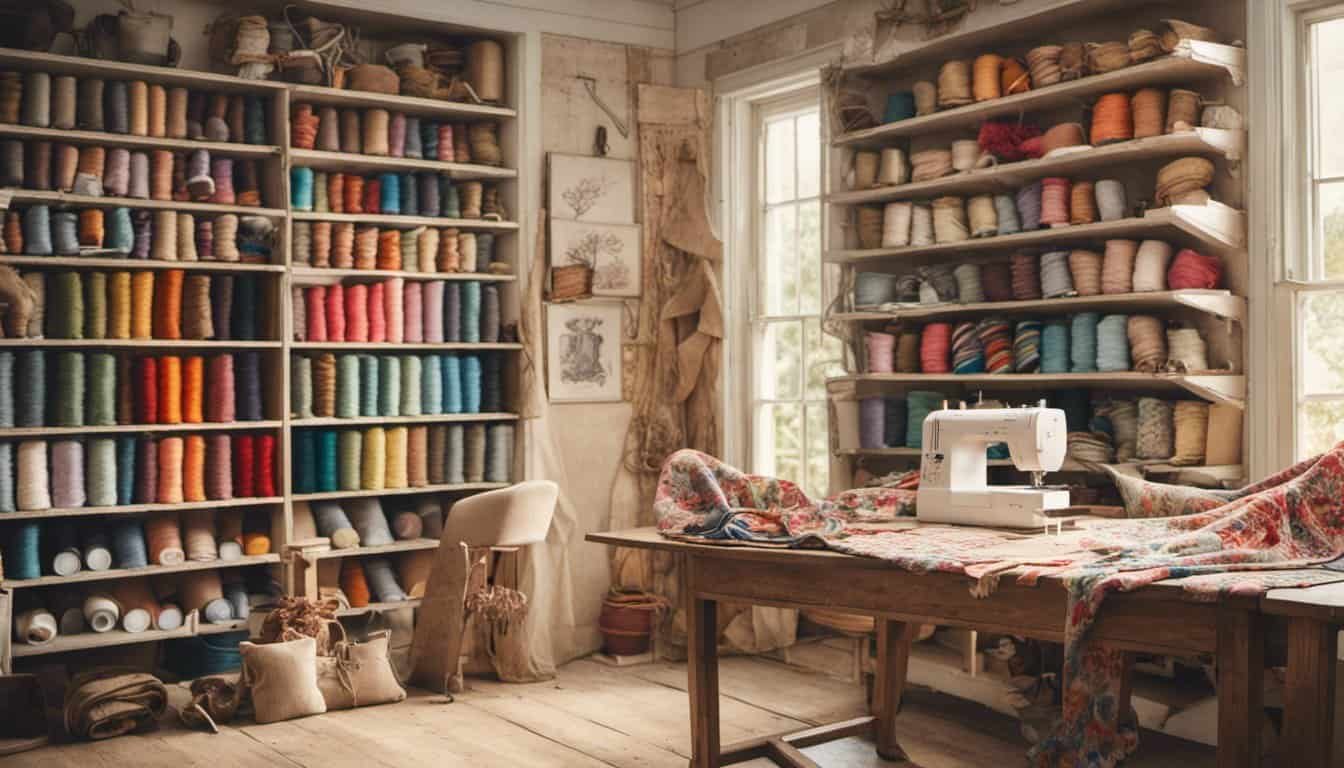Keeping a car tidy can feel like an impossible task, especially with all the little things that seem to pile up—snacks, toys, chargers, you name it. I’ve been there, and trust me, it’s frustrating digging through clutter when you’re on the go. That’s why I love the idea of a fabric car organizer. It’s a simple, stylish way to bring order to the chaos.
Understanding The Purpose Of A Fabric Car Organizer
A fabric car organizer is designed to declutter vehicle interiors while keeping essential items accessible. It provides designated spaces for items like water bottles, snacks, toys, and gadgets, reducing the mess often caused by loose objects. By using fabric for its construction, it combines functionality with an appealing aesthetic, complementing the car’s interior.
Safety is a key advantage of using a car organizer. Loose items, such as small tools or gadgets, can become hazards during sudden stops or accidents. Securing these in an organizer helps mitigate this risk. Additionally, it keeps necessary items within reach, avoiding distractions while driving.
Customizability distinguishes fabric organizers from store-bought plastic versions. Sewing allows me to tailor the design to fit specific car models, favorite color schemes, or storage preferences, like adding extra compartments for unique needs. Durable fabrics enhance longevity, ensuring it withstands everyday wear and tear.
Maintaining a clean, orderly car doesn’t mean sacrificing style or efficiency. A well-sewn fabric organizer merges organization with personal flair, making it a practical and creative project.
Materials And Tools Needed
Creating a fabric car organizer requires gathering specific materials and tools to ensure a sturdy, functional, and visually appealing product. Here’s what I recommend using for the best results.
Essential Materials
- Fabric: Use durable fabrics like canvas or denim for structural support. Consider cotton or printed fabric for decorative layers. For an average-size organizer, 1-1.5 yards of fabric should suffice.
- Fusible interfacing: Reinforce and add stiffness to pockets and base sections using medium or heavy-weight interfacing.
- Elastic: Add elasticity to smaller pockets with 1/4-inch or 1/2-inch wide elastic.
- Bias tape: Create polished edges with pre-made or self-cut bias tape (around 1-2 yards).
- Velcro or snaps: Use Velcro strips or snap closures to secure flaps or straps. Velcro pieces may need to be 2-4 inches long, depending on the closure area.
- Thread: Match your chosen fabric colors with strong polyester or all-purpose thread.
- Batting or foam: Add extra padding if you’re crafting a quilted-style design.
Necessary Tools
- Sewing machine: Simplify stitching heavy or multiple fabric layers with a reliable sewing machine.
- Fabric scissors: Use sharp fabric scissors to cut materials cleanly.
- Pins or clips: Secure fabric layers using straight pins or fabric clips.
- Measuring tape: Precisely measure lengths for better alignment.
- Iron: Press seams and fuse interfacing with an iron; include a pressing cloth for delicate materials.
- Pattern template: Utilize a custom or purchased pattern to maintain pocket sizes and design consistency.
- Marking tools: Mark measurements or stitching guidelines with tailor’s chalk, a fabric pen, or a pencil.
Step-By-Step Guide On How To Sew A Fabric Car Organizer
Crafting a fabric car organizer involves several detailed steps to create a functional and stylish product. Follow the outlined steps below to ensure a smooth and enjoyable sewing process.
Measuring And Cutting The Fabric
Accurate measurements are essential. I measure the area where the organizer will hang or rest in the car, typically the back of a seat or a console area. Using a tape measure, I determine the length, width, and depth dimensions based on the specific car model and desired pocket sizes.
I transfer these measurements to the fabric with a fabric marker, adding an extra 0.5 inch for seam allowance. For pocket pieces, I measure and mark rectangles or squares, depending on their location and function. After marking, I cut the fabric using fabric scissors or a rotary cutter for clean, straight edges.
Preparing The Fabric Pieces
I prepare the cut pieces by ironing them to remove wrinkles. For added structure, I attach fusible interfacing to the backside of the main body and pocket pieces. This step stiffens the fabric and ensures the organizer holds its shape.
I fold over the edges of the pocket pieces by 0.25 inch on all sides, then press them. This creates a clean edge and makes sewing easier. For pieces requiring elastic, I also prepare channels by folding and sewing the top edge to allow elastic threading later.
Assembling The Organizer
To assemble, I begin by positioning the main body fabric flat on my work surface. If the organizer includes a hanging strap, I attach it to the top edge using pins to keep it in place. I then sew along the edges to secure the strap firmly.
I layer the prepared fabric pieces by attaching back panels, if required, or creating double-sided fabric for durability. I align and pin the edges of the main body fabric before sewing a seam around the perimeter, leaving an opening to turn the piece inside out. Once reversed and edges pressed, I topstitch around the entire piece for a polished look.
Adding Pockets And Compartments
I position the pockets on the main body fabric as per my design, ensuring functionality and an even distribution. I pin each pocket securely, then sew the bottom and side edges to the body fabric, reinforcing the corners to prevent wear.

For elasticized pockets, I thread and secure the elastic through prepared channels before attaching them to allow stretch. Compartments requiring Velcro closures are completed last by sewing Velcro strips onto the designated areas. I ensure all stitches are secure for durability.
Finishing Touches And Quality Checks
To finalize the organizer, I add bias tape to the edges for a neat and professional finish. I confirm all seams are tidy, inspect for loose threads, and trim them. If any decorative elements, like embroidery, were included in the design, I check for proper placement.
I inspect the organizer’s structural integrity, ensuring all pockets hold their shape and closures function correctly. By using these finishing touches and checks, I create a durable, functional, and visually pleasing fabric car organizer.
Tips For Customizing Your Fabric Car Organizer
Choose Fabrics That Suit Your Needs
I always recommend selecting fabrics based on functionality and style. Use sturdy materials like canvas or denim for durability, especially if you plan to store heavier items like water bottles. If you’re aiming for a softer aesthetic, consider cotton blends with prints that match your car’s interior. Laminated fabrics are a great choice for easy cleaning, especially for families with young children.
Add Multiple Pocket Styles
Incorporating varying pocket options enhances usability. Include elasticized pockets for small items like bottles or sunglasses and flat open pockets for larger items like books or tablets. Sew zipper pockets in for secure storage of valuables, ensuring they’re deep enough to hold items snugly.
Use Color-Coded Sections
« How to Sew a Reusable Grocery Bag: Easy DIY Tutorial to Slash Plastic Waste and Save Money
Master Sewing a Phone Pouch: Quick and Easy Steps for Stunning DIY Results »
Assign specific colors to different sections for better organization. For example, use blue fabric for kids’ toys and gray for travel essentials. Utilizing contrasting bias tape or stitching also highlights different pockets, making it easier to locate items.
Include Custom Fastening Options
Integrate closures like Velcro, snaps, or zippers to securely hold contents during car rides. For frequently accessed pockets, opt for Velcro closures, which balance accessibility and security. For valuables, zippers add a layer of protection, particularly if the organizer will be used on uneven terrains.
Add Personal Embellishments
I love adding an individual flair with embellishments. Use fabric paint to stencil names or patterns on pockets. Sew appliqués or embroidered designs to make the organizer unique. These details make the final product both practical and personalized.
Adjust Size For Specific Vehicles
Take the dimensions of your car’s interior into account when planning your design. For smaller cars, create a compact version with fewer pockets to avoid crowding. In SUVs or larger vehicles, maximize available space by incorporating more expansive pocket arrangements.
Incorporate Elastic and Hooks
For an extra layer of functionality, sew elastic loops for items like umbrellas or reusable shopping bags. Attach hooks to hold keys or lightweight tools. Place these near the top of the organizer for easy access.

Line Interior With Water-Resistant Material
Water-resistant linings protect the organizer from spills and leaks. Fabrics like PUL (polyurethane laminate) or vinyl keep interiors clean and prevent damage, particularly in compartments meant for snacks or beverages.
Experiment With Patterns
Using bold, geometric patterns or minimalist, solid designs changes the overall look. For a sleek finish, opt for neutral tones, and for a lively appearance, add vibrant prints. Adjust patterns based on personal preferences or the car’s theme.
Benefits Of Using A Fabric Car Organizer
A fabric car organizer offers practical solutions for maintaining a clean and orderly vehicle. It provides designated storage options that reduce clutter, making car interiors more functional and visually appealing.
- Efficient Storage
A fabric car organizer features multiple pockets and compartments, ideal for organizing essentials like snacks, toys, water bottles, and chargers. For example, vertical organizers with elasticated pockets securely hold items of varied sizes.
- Enhanced Safety
Loose items can become hazards during sudden stops. Fabric car organizers keep objects secured, minimizing risks to passengers.

- Customizable Design
Fabric organizers can match personal preferences with adjustable layouts, vibrant patterns, or specific dimensions. A double-pocket design, for instance, works well for smaller cars and ensures everything has a place.
- Portability
Unlike fixed storage options, fabric organizers are lightweight and removable. This makes cleaning or transferring them between vehicles more convenient.
- Durability and Reusability
Using sturdy materials like canvas extends the lifespan of organizers. Their reusability also supports sustainable practices, reducing waste from disposable storage solutions.
- Easy Accessibility
Items stored in fabric organizers are within reach, reducing time spent searching while driving. Over-the-seat designs keep frequently used essentials handy.
Each benefit combines functionality, style, and convenience, making fabric car organizers a smart choice for any vehicle.

Conclusion
Sewing a fabric car organizer is such a rewarding project that combines practicality with creativity. Not only does it help keep your car tidy and safe, but it also adds a personal touch to your vehicle’s interior. With the right materials, tools, and a bit of patience, you can create something both functional and stylish.
Whether you’re tackling everyday clutter or just want a neat way to store essentials, a custom fabric organizer is a perfect solution. Plus, it’s a fun way to express your style while keeping things organized on the go. Happy sewing!

















